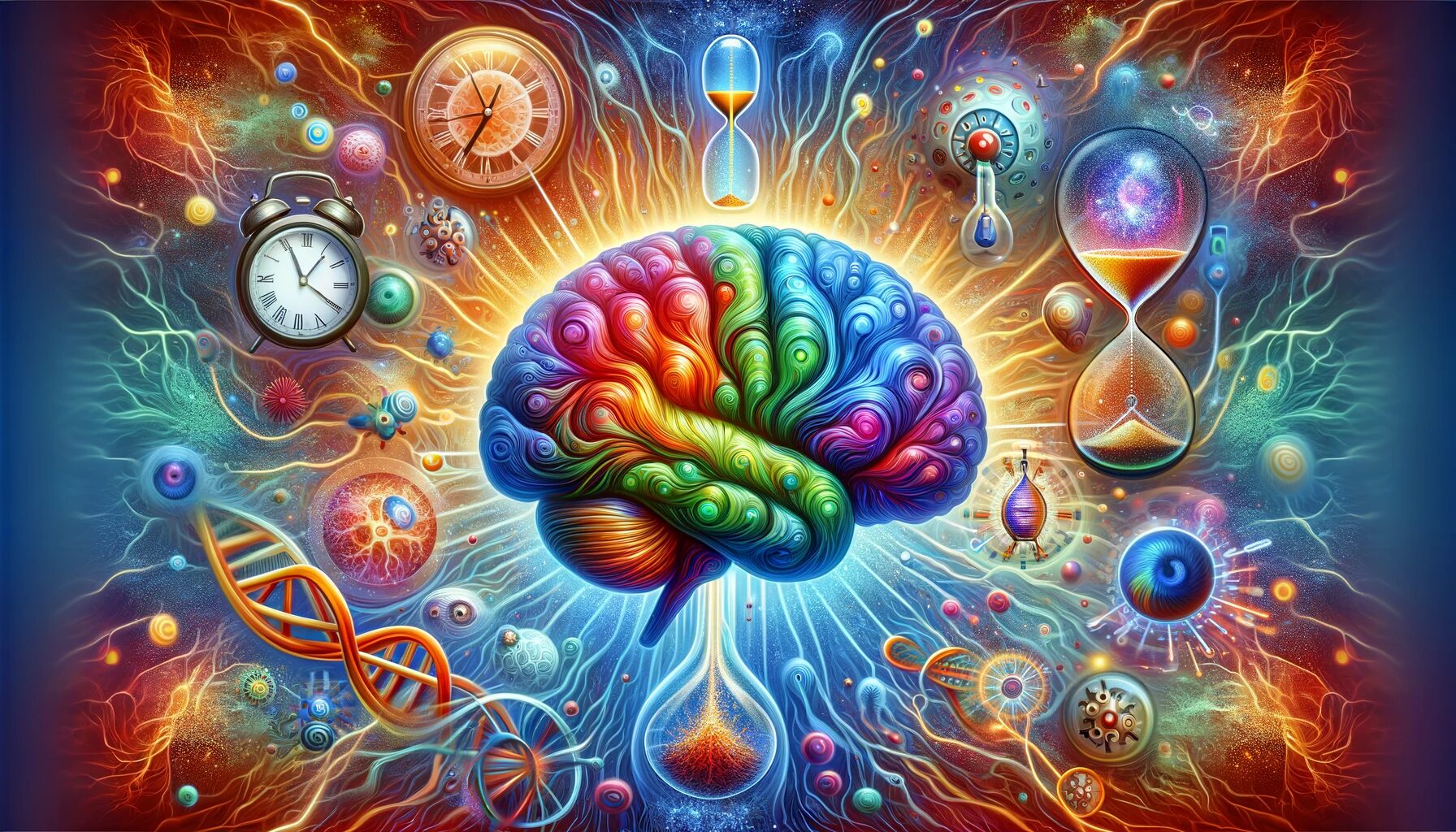Dimethyltryptamine, commonly known as DMT, is a remarkable and enigmatic substance that has captivated human curiosity for centuries. This naturally occurring psychedelic compound has been found in various plant species, as well as in trace amounts within the human brain. Often referred to as the “spirit molecule,” DMT is renowned for its ability to induce profound and otherworldly experiences in those who consume it.
In recent years, DMT has garnered increased attention not only for its intense hallucinogenic effects but also for its potential therapeutic benefits. Researchers and spiritual practitioners alike have sought to unravel the mysteries of this substance, exploring its effects on human consciousness and its potential role in addressing mental health issues. However, the use and regulation of DMT vary widely across different countries and regions, contributing to its complex and evolving legal status.
In this article, we delve into the intriguing world of DMT, shedding light on how long this potent substance remains detectable in the human body. To truly comprehend the duration of DMT’s effects, it is essential to first grasp its pharmacology, its interaction with the brain, and the metabolic processes that govern its presence in our systems.
Pharmacology of DMT
DMT is a tryptamine molecule structurally similar to serotonin and melatonin, two crucial neurotransmitters in the human brain. It primarily acts by binding to the serotonin receptors, particularly the 5-HT2A receptor, leading to its psychoactive effects. DMT can be consumed through various methods, including inhalation, injection, or orally, often combined with an MAOI (Monoamine Oxidase Inhibitor) in ayahuasca brews.
Duration of Effects and Metabolism
The effects of DMT are known for their rapid onset and short duration. When smoked or vaporized, the hallucinogenic effects begin almost immediately and typically last for about 5 to 15 minutes. When consumed as part of an ayahuasca brew, the effects can last significantly longer, usually between 2 to 6 hours.
Once in the body, DMT is rapidly broken down by the enzyme monoamine oxidase (MAO) through a process known as oxidative deamination. The primary metabolites of DMT are indole acetic acid, DMT-N-oxide, and several other minor compounds. These metabolites are largely non-psychoactive and are excreted via the urine.
Detection of DMT in the Body
The detection window for DMT in the human body is relatively short due to its rapid metabolism. In urine, DMT can be detected for a brief period, typically up to 24 hours after use. Blood tests have an even shorter detection window, usually just a few hours post-consumption. Hair follicle tests may extend this period as substances can be detected in hair for longer durations, potentially up to 90 days. However, standard drug tests do not typically screen for DMT.
Factors Affecting DMT Metabolism
Several factors can influence how long DMT stays in the system. These include:
- Dosage and Frequency of Use: Higher doses and more frequent use can lead to a longer detection window.
- Method of Consumption: Smoking or vaporizing DMT leads to a shorter duration compared to oral consumption in the form of ayahuasca.
- Individual Metabolism: Variations in metabolic rate and the efficiency of the MAO enzyme system can affect how quickly DMT is metabolized.
- Age, Body Mass, and Overall Health: Older age, higher body mass, and certain health conditions can prolong the time it takes for DMT to be metabolized.
Conclusion
DMT is a fast-acting and short-lived psychedelic, with a brief stay in the human body. Due to its rapid metabolism, the detection window for DMT is generally short, making it challenging to detect in standard drug screenings. Understanding the pharmacology and metabolism of DMT is crucial, especially in the context of its therapeutic potential and legal implications. As with any psychedelic substance, it is important to approach DMT with caution and awareness of its powerful effects on the mind and body.
FAQs
Q1: What is DMT, and where does it come from?
- A1: DMT, or Dimethyltryptamine, is a naturally occurring psychedelic compound found in various plant species and trace amounts in the human brain. It has been used in traditional rituals and spiritual practices for centuries.
Q2: How is DMT typically consumed?
- A2: DMT can be consumed through various methods, including smoking, vaporizing, injection, or orally in the form of an ayahuasca brew. The method of consumption affects the duration and intensity of its effects.
Q3: What are the effects of DMT?
- A3: DMT is known for inducing intense visual and auditory hallucinations, often described as otherworldly or transcendent. Users report experiences of encountering entities, visiting alternate dimensions, and gaining profound insights.
Q4: How long do the effects of DMT last?
- A4: The effects of DMT are brief but intense. When smoked or vaporized, they typically last for about 5 to 15 minutes. In the context of ayahuasca, the effects can last between 2 to 6 hours due to the inclusion of MAO inhibitors.
Q5: Can DMT be detected in drug tests?
- A5: DMT has a short detection window in standard drug tests. It can be detected in urine for up to 24 hours after use and in blood for just a few hours. Hair follicle tests may extend this period but are not commonly used to detect DMT.
Q6: What factors influence how long DMT stays in the system?
- A6: Several factors can affect DMT metabolism, including dosage, frequency of use, method of consumption, individual metabolism, age, body mass, and overall health.
Q7: Is DMT legal?
- A7: The legality of DMT varies by country and region. In some places, it is classified as a controlled substance, while in others, it may be legal for religious or ceremonial use. It’s important to check local laws and regulations before using DMT.
Q8: What precautions should be taken when using DMT?
- A8: Using DMT should be approached with caution and respect for its powerful effects. It is advisable to have a trusted and sober individual present as a “sitter” during the experience and to be in a safe and comfortable environment.

Alex is a seasoned writer and researcher, specializing in psychedelic studies and mental health. Known for insightful and authoritative content, he combines extensive knowledge with a passion for exploring wellness and alternative therapies. Alex’s work is a trusted resource for readers delving into the world of mental well-being.


Leave a Reply